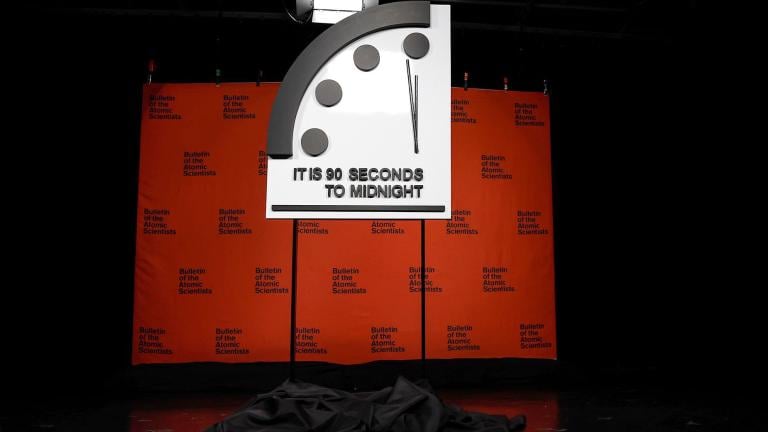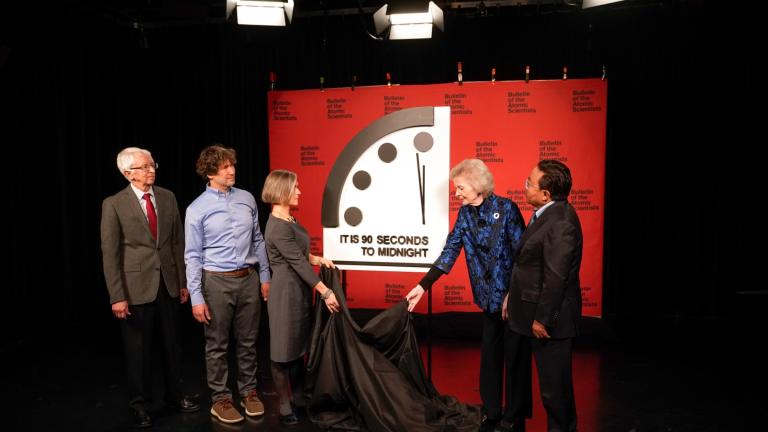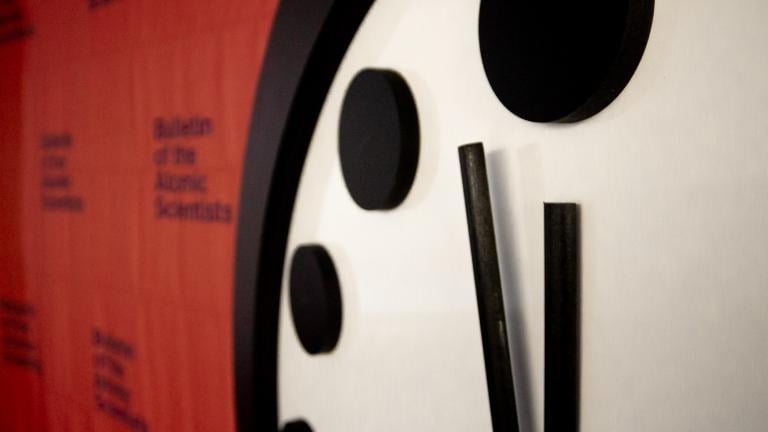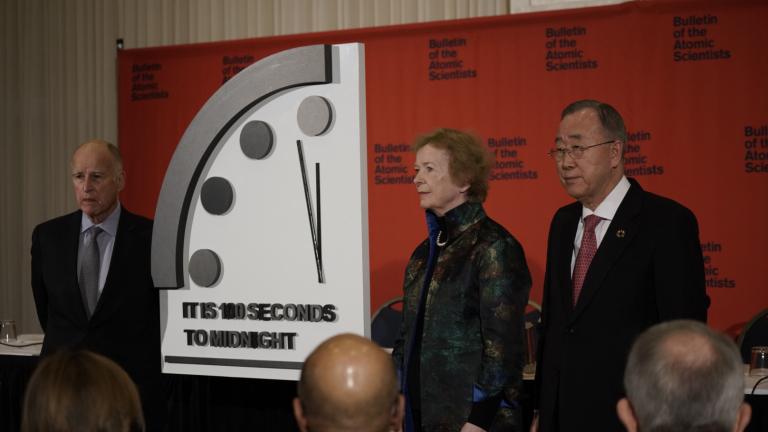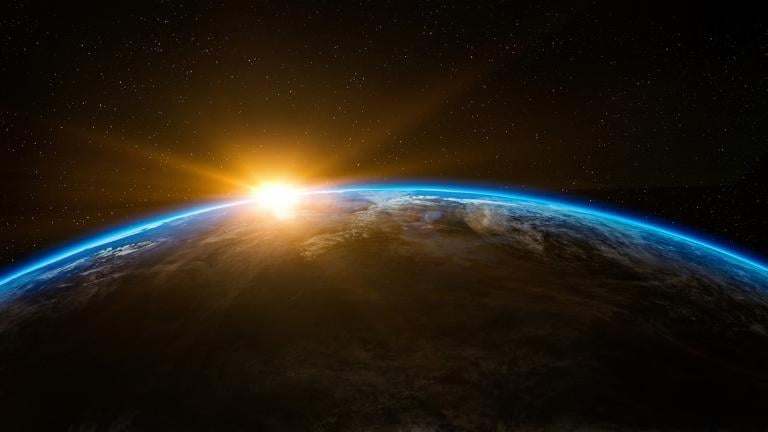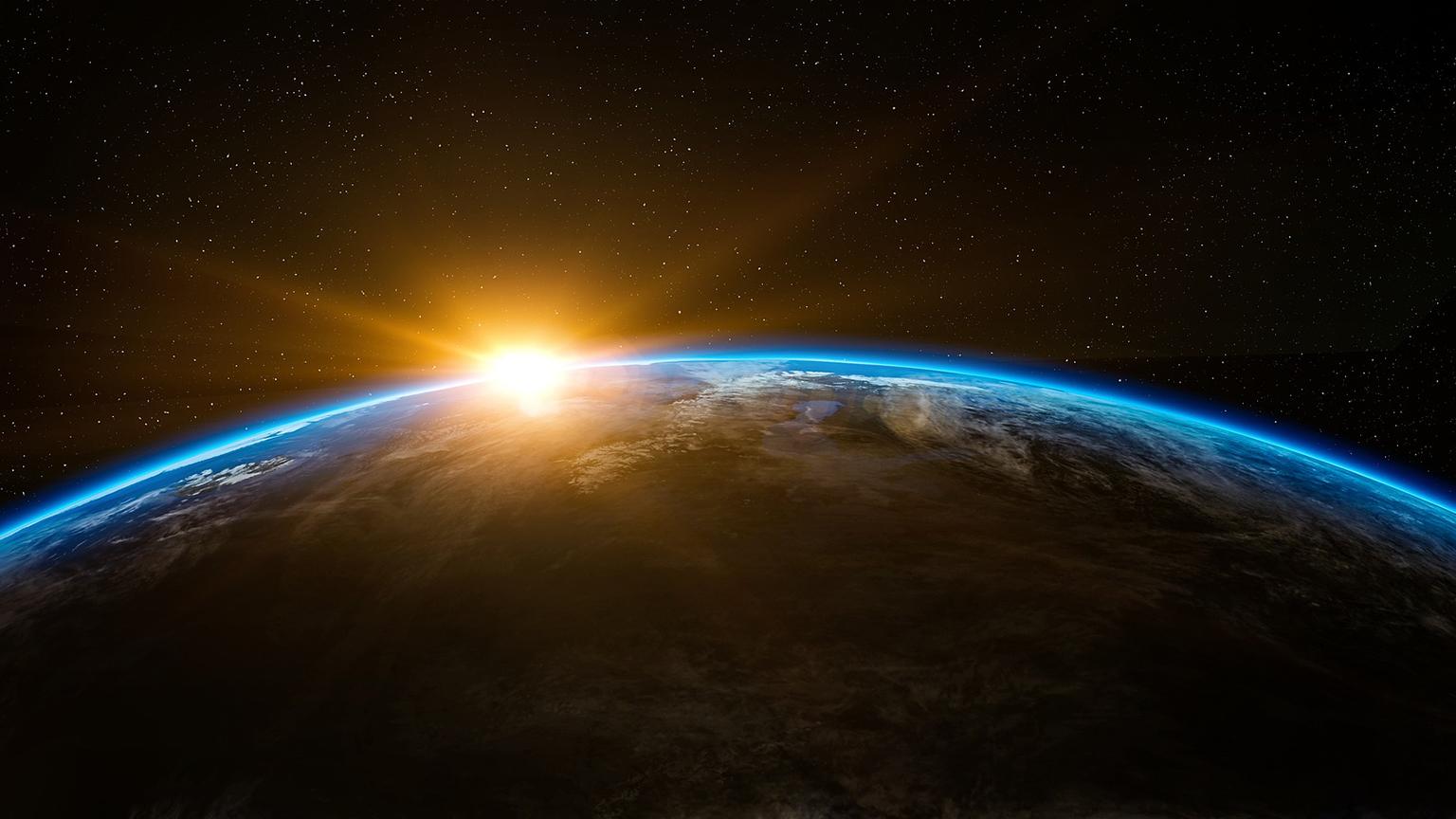 (qimono / Pixabay)
(qimono / Pixabay)
The new year does not change the fact that we’re still two minutes away from global catastrophe, according to the Doomsday Clock, a symbolic indicator of how close humankind is to that dark fate.
When the clock was set at two minutes to midnight a year ago – midnight represents doomsday – it marked the first time since the height of the Cold War the hands of the clock had been moved so close to midnight.
The Bulletin of the Atomic Scientists, the Chicago-based academic journal that created the clock in 1947, said the decision to keep the clock at two minutes to midnight was based on the “grim reality” of what it called the “new abnormal,” in which fact is becoming indistinguishable from fiction, according to Rachel Bronson, president and CEO of the Bulletin.
“This new abnormal that the world now inhabits is unsustainable and unsettling,” Bronson said. “The 2019 time should not be taken as a sign of stability but as a stark warning. It’s a state as worrisome as the most dangerous times of the Cold War. It’s a state that features an unpredictable and shifting landscape, simmering disputes that multiply the chances for major conflict to erupt.”
The report cites nuclear weapons and climate change as “two simultaneous existential threats” that are cause for concern and require immediate attention. These threats, the report states, “were exacerbated this past year by the increased use of information warfare to undermine democracy around the world, amplifying the risk from these threats and others and putting the future of civilization in extraordinary danger.”
“We appear to be normalizing a world in which the risks of nuclear warfare and climate change unchallenged are ever more present and are not being effectively dealt with,” said Robert Rosner, who chairs the Bulletin’s Science and Security Board. “To make matters even worse, the ability to comprehend and act on these huge risks are increasingly degraded by informational warfare that clouds the distinctions between fact and fiction.”
This informational warfare, “if left unchecked, undermines our ability – the world’s ability – to deal with all the threats facing us, especially nuclear weapons and climate change,” said Herb Lin of the Bulletin’s Science and Security Board.
Former Secretary of Defense William J. Perry, who also chairs the Bulletin’s Board of Sponsors, said the clock’s time invoked memories of 1953 for him, including the Soviet Union’s testing of the hydrogen bomb, a “brutal” ongoing Korean war that had already claimed millions of lives and the possibility of tactical nuclear weapons being used in a battle between American troops and the German’s Red Army Faction.
“What I’m telling you, you already know from history. But I know it because I was there and it invokes powerful memories in me,” Perry said.
Perry acknowledged that there are “important differences” between now and 1953, “but the nuclear dangers are not because we expect an attack from Russia. … The danger is that we will blunder. We will blunder into a nuclear war. That was the real danger during the Cold War, but certainly a danger now,” he said. “We see this year as at least as dangerous as 1953.”
While U.S. relations with North Korea have improved since last year, the North Korean nuclear dilemma remains unsolved, according to the report. Meanwhile, President Donald Trump abandoned the Iran Nuclear Deal last May and announced the U.S. would withdraw from the Intermediate-Range Nuclear Forces Treaty. The report calls these actions “grave steps towards a complete dismantlement of the global arms control process.”
“In the new abnormal, arms races seem preferred to arms control and nonproliferation agreements, and unilateral actions threaten the stability, predictability and transparency that such agreements previously created,” said Sharon Squassoni of the Bulletin Science and Security Board. “If this is indeed an era of great power competition, then it deserves great solutions that walk us back from the brink of nuclear conflict, not towards it.”
In terms of climate change, global carbon dioxide emissions continued to increase in 2017 and 2018, with some countries – including the U.S. and some European Union members – increasing their emissions after years of reducing them, according to the report.
“If we’re going to halt the worst impacts of climate change, the nations of the world have got to cut worldwide emissions to zero well before the end of the century,” said Susan Solomon of the Bulletin’s Science and Security Board.
“The U.S. has more resources to develop and implement cleaner energy alternatives than poorer nations have,” she said. “The failure to reduce our own emissions is simply an act of gross negligence. … Every year that we continue to add carbon dioxide to the atmosphere, it irreversibly ratchets up the level of human suffering and ecosystem destruction that will occur due to global climate change.”
Former California Gov. Jerry Brown, who is the executive chair of the Bulletin, called on politicians and their consultants “to fully grasp the moment that is upon us.”
“The blindness and stupidity of the politicians and their consultants is truly shocking in the face of nuclear catastrophe and danger,” said Brown. “It’s almost like we’re travelers on the Titanic not seeing the iceberg ahead but are enjoying the elegant dining and music. … The business of everyday politics blinds people to the risk. … We need Republicans and Democrats and the president and his staff to fully grasp the moment that is upon us. It is two minutes to midnight.”
Contact Kristen Thometz: @kristenthometz | [email protected] | (773) 509-5452
Related stories:
President Trump Finds a Leader to Trust in North Korea’s Kim Jong Un
Trump Withdraws US from Iran Deal as North Korea Nuclear Talks Loom
Gov. Pritzker Signs Pact Committing Illinois to Paris Climate Goals

